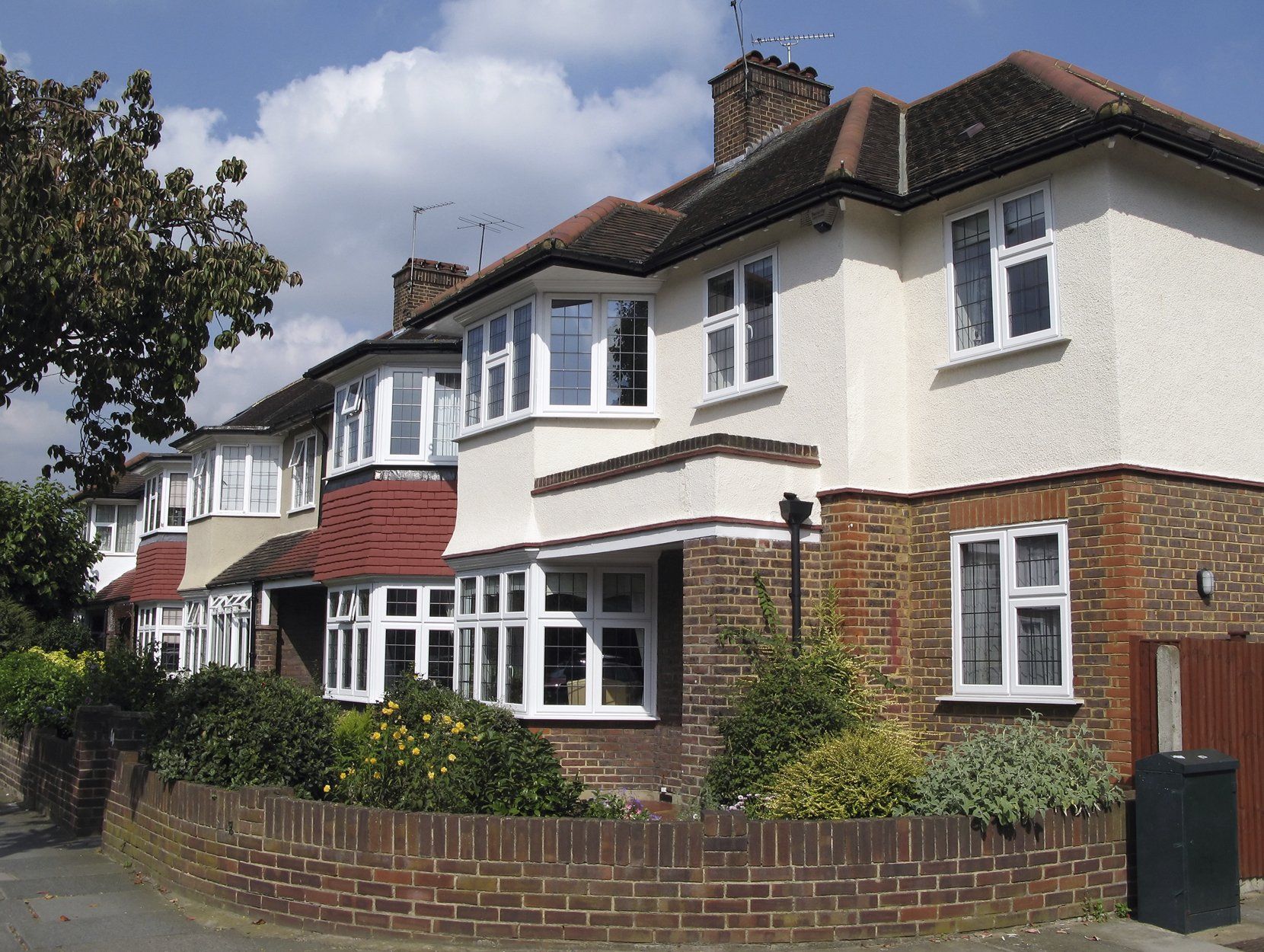News & Blog

Dry rot is essentially a wood decay caused by fungi which can ruin wooden structures outside and inside of your home. Scientifically, dry rot (also called brown rot) occurs when the fungi breaks down components of the wood which give the wood the strength it needs. Once dry rot occurs and spreads, it makes the wood weak and brittle, causing structural problems. Dry rot usually happens after a period of damp.

Unfortunately, most social housing tenants will not recognise that the housing problem they are experiencing, is discrimination.
It is unlawful to suffer discrimination by your social housing provider because of your characteristic(s). Social housing organisations (your council or housing association) have a duty not to discriminate against you and your housing needs.

Our team is made up with solicitors and paralegals experienced in holding landlords accountable for their actions. Working with social housing tenants, our services are second-to-none. We understand taking legal action against your landlord can be a daunting prospect, and that many tenants are unaware of their rights or are aware, but are worried about stand up for themselves.

Housing disrepair is a rented property in need of repair(s), in order to be safe and habitable for the tenant, also said to be ‘in a state of disrepair’. If you are living in a rented property, your landlord has requirements by law to provide a suitable, sae and habitable property which means keeping your home in a state of repair. We invite you to contact our expert housing disrepair team if this is the case.

Reporting the problem to the right person and in the right way may assist in resolving the issue without the need for making a formal complaint. However, If you are unhappy with the service you are receiving from your social housing provider, you can make a formal complaint. If they go on to ignore your complaints, we can help you legally guarantee repairs and if possible, claim compensation.

Your landlord has a legal duty to maintain the structure and exterior of the property they rent out. If problems arise after an inspection or are reported by a tenant, the landlord must fix the issue (i.e. carrying out repairs) within a justifiable time frame. The amount of time varies depending on the issue that has been found/reported, for example, some repairs are classed as emergency and should be completed as soon as possible.

A property may be classed as ‘unhabitable’ for various reasons, including unfurnished and/or needs major repairs to make it habitable.
‘Major repairs’ has various factors, including repairs to the structure of the property e.g., walls, foundation, floors, roof etc. However, they differ in severity, for example replacing a few tiles would not but replacing the whole roof would be.



